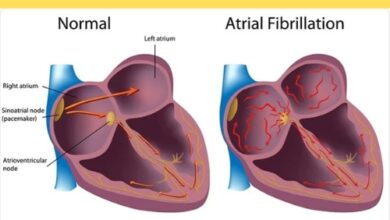Nail Diseases – Some Major Fungus

Nail Diseases:
Somewhere around 3 and 8 out of 100 individuals in the world will have a contagious nail disease at some phase of their lives. Toenails are more generally influenced than fingernails. It is more normal in individuals matured in excess of 55, and in more youthful individuals who offer common showers, for example, swimmers or competitors.
There are four noteworthy sorts of parasitic nail contamination. They are named for the range where the contagious contamination begins. Dermatophytes cause very nearly all contagious nail diseases.
Distal Subungual Onychomycosis (DSO):
It is the most well-known sort of contagious nail disease. It is brought about by the same growths that cause most instances of competitor’s foot. It contaminates the skin under the end of the nail and in the nail. The contamination begins toward the end of the nail couch, and a piece of the nail frequently turns yellow or white. Bits of skin and nail parts develop under the nail. As the condition deteriorates, the nail may disintegrate and part and it may separate from the skin. A thickened nail and a lot of garbage under the nail may cause uneasiness when wearing shoes. It can be a long lasting contamination and hard to treat. Shoes that fit defectively may aggravate the contamination or, now and again, even cause the disease.
White Shallow Onychomycosis (WSO):
It is the second most regular sort of contagious nail contamination. It can be effortlessly treated. It influences the top layer of the nail, first structuring white spots on the nail surface. Inevitably the whole surface of the nail gets to be secured with a brittle, pale powder. The nail does not thicken and does not separate from the skin.
Candida Onychomycosis:
Candida onychomycosis or yeast disease of the nail is extraordinary however can influence the nail and the skin bordering the nail. This sort of parasitic disease is more basic in fingernails than toenails. It may include the majority of the nails in the meantime and can result in the nail to partition from the nail cot. It attacks debilitated territories of the nail, which may get to be stained white, green, or tarnish, with an odd shape. The nail may look thicker than ordinary, and there may be indications of contamination in the skin alongside the nail. Not at all like alternate sorts of parasitic nail diseases, the disease may be terrible.
Proximal Subungual Onychomycosis (PSO):
It is created by dermatophytes. It is more basic in individuals contaminated with the human immunodeficiency infection (HIV). PSO taints the base of the nail, regularlyclotting the skin, which can isolate from the nail. The base of the nail may seem white, and the nail hazy. The skin on top of the foot may get to be contaminated.
By : Natural Health News




